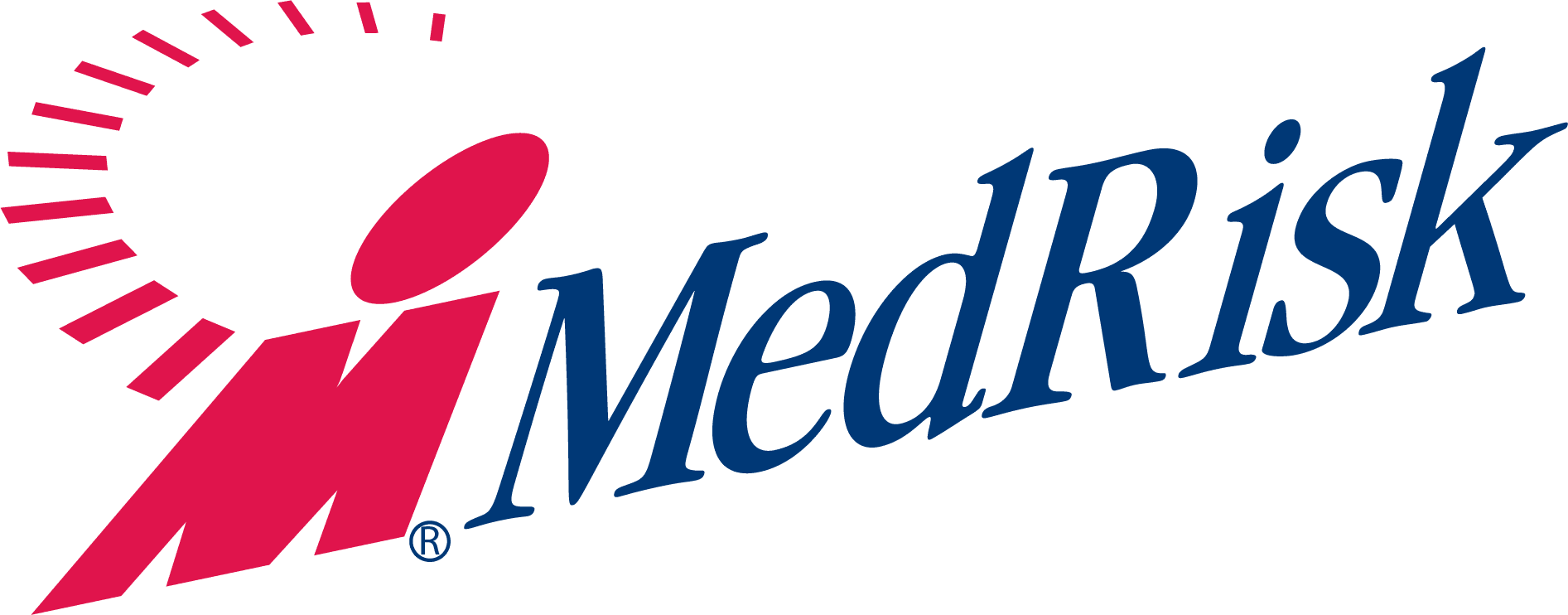A closer look at how MedRisk technologies and workflows help ensure delayed processes don’t lead to delayed recoveries.
There is no doubt that physical therapy can be instrumental in getting a workers’ compensation patient back on their feet. But what happens when external factors like a shortage of providers or scheduling problems delay the start of treatment?
According to the Workers’ Compensation Research Institute’s latest research, timing is everything – or at least something the industry can’t afford to ignore. Its study, titled “The Timing of Physical Therapy for Low Back Pain: Does It Matter for Workers’ Compensation?” found that PT within 14 days of injury is likely to be beneficial and to be associated with lower utilization of medical services, lower overall medical costs and shorter temporary disability duration.
On top of this, a reduction in diagnostic tests, opioid prescriptions, pain management injections, and lumbar surgeries ultimately lead to faster return to work and lower total costs of claims. The benefits of early PT in workers’ compensation are clear.
So, how can we help ensure injured worker treatment begins stat? Here are three ways MedRisk facilitates early PT for your injured workers.
1. A Robust Provider Network
A lack of provider availability can be a big hurdle to timely treatment. One week, a patient may need a carpal tunnel specialist in a rural area while the next case requires an aqua specialist in an overbooked urban district. MedRisk’s large nationwide network has a range of PT providers – both in terms of geography and specialty. When other, smaller networks cannot meet case requirements or do not have a provider close to the patient’s home or workplace, cold calls need to be made to recruit a PT willing to take a given case. That can add days or even weeks to the process. Instead, our patient advocates schedule a patient with a provider based on their location and treatment needs within 4 hours. This helps patients be seen for an initial evaluation within 2.6 days of referral on average.
2. Technology-Backed Workflows
As described above, having a large network – and one with specialists – is integral to fulfilling a case request. But when it comes to finding the right provider at the right time, there’s more to it than having a large rolodex of names to choose from.
MedRisk’s technology ensures that a patient is matched to the most appropriate provider based on their unique needs, using criteria that go well beyond demographics and cost. Our selection process is data-driven: on the patient side, by injury type, chronicity and complexity, and on the provider side, outcomes by injury type, compliance with evidence-based guidelines, patient satisfaction and more.
Our advanced technology rapidly sifts through all of that data to present the patient advocate and the patient with a near-instant selection of the local best providers for his or her condition.
Accelerated time-to-treatment is further facilitated through MedRisk’s electronic data interchange (EDI) with insurers and other payer organizations. With EDI, patient and claim referral data pre-populates in our database, so that when the adjuster makes the referral, our patient advocates already have everything they need to schedule an appointment and that same critical information can be instantly faxed to the provider.
In states that require utilization review (UR) prior to PT, additional integration with the payers’ UR partner(s), keeps MedRisk and the adjuster informed at the same time. No need for time-consuming phone calls or emails verifying the results of the UR decision.
MedRisk has the technology, expertise–and most importantly–the resources to manage the heavy lifting in setting up the EDI.
Even when clients choose not to have EDI, we can help them implement fast referral functionality so they can refer a case with the click of a single key without exiting their claims system or picking up the phone.
Beyond these technologies, thoughtful workflows are critical to keeping referral and treatment processes on track and clinically sound. At MedRisk, we use evidence-based guidelines as our clinical foundation and have also developed historical data sets to help us identify trends that call for custom workflows. These proactive processes help us avoid delays in time to treatment.
3. A Commitment to Patient Advocacy
Injured workers are already facing physical challenges due to their injury. They may also be feeling anxious and fearful about their treatment and recovery.
Patients can receive a PT Consult prior to treatment with the goal of setting expectations, addressing fears and education about their injury and treatment.
In addition to their commitment to timely scheduling, MedRisk’s patient advocates text reminders and driving directions to help minimize no-shows, which could otherwise add 1-3 days to the start of treatment. All this can go a long way in encouraging a patient’s participation – and with it, a speedy recovery.
Conclusion
Service-oriented programs can help facilitate the timeliness of PT treatment, but at the end of the day, early PT begins with a timely referral. MedRisk has the know-how to integrate your systems to receive cases automatically – and the clinical expertise and network coverage to give them the appropriate, timely treatment they deserve.



